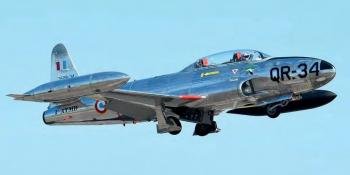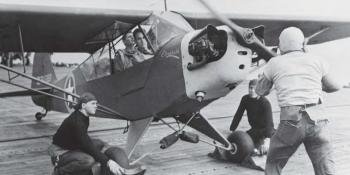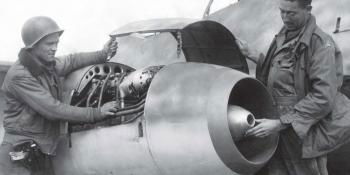It was the last of the Junkers line, but East Germany’s 152 jet airliner is best-known for being an ignominious failure. How did it become so — and why did the first prototype come to grief?
BAADE 152
Dresden, 4 March 1959. A column of black smoke marks the beginning of the end of a dream — the dream of an aviation industry reborn in the German Democratic Republic (GDR).The second test flight of the 152 V1, the first German turbine-powered transport aircraft, had ended in catastrophe.
The four-engined design to which the GDR had pinned so many hopes had been developed under considerable difficulty in a country still recovering from the ravages of war. Above all, it bore the hallmarks of former Junkers engineers, who had been taken to the Soviet Union once Red Army troops had occupied the eastern portion of Germany at the end of the war.
When these engineers were allowed to return to Germany in 1954, they brought with them Project 15.2— the design for a four-engined commercial jet aircraft, in turn based on the EF 150, a twin-jet bomber that they had designed for the Soviet Union. ‘EF’ stood for Entwicklungsflugzeug, or ‘development aircraft’, a project code used for non-series Junkers aircraft types. T…





